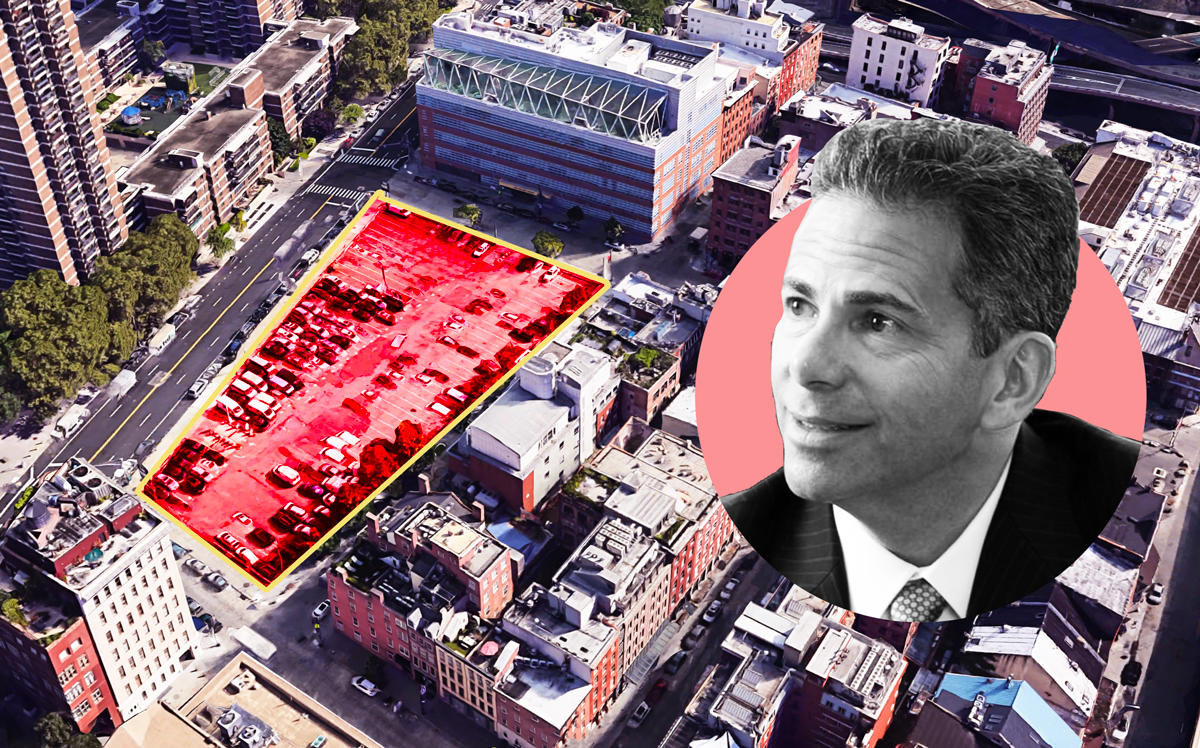Trending
Howard Hughes faces more backlash at Seaport. This time, it’s over toxic contamination concerns
Lot at 250 Water Street was former home of 19th century thermometer factory

Howard Hughes Corporation is again facing community backlash in the South Street Seaport again. But this time, it isn’t purely over a new development.
A parking lot that the developer recently purchased at 250 Water Street may contain elemental mercury under the asphalt, according to the New York Times. The mercury remains would be leftover from a thermometer factory that existed on the site in the 1800s, and Howard Hughes applied to the state’s brownfield cleanup program last November for the site.
The company paid $180 million for the one-acre property — which has 290,000 buildable square feet — and has already expressed interest in transferring air rights to the parking lot site from other properties.
But the neighborhood’s Community Board 1 recently passed a resolution that calls for nothing to happen on the parking lot until an approved plan is in place for land use.
Residents have long resisted projects that they say would contribute to the neighborhood losing its historic character, while some development experts say the city cannot afford to let sites like the parking lot stay undeveloped when there is such a strong need for housing.
Howard Hughes has clashed with the community before, including over a since discarded proposal to build a 50-story hotel and condo on the waterfront and swapping plans for a parklike roof at Pier 17 with plans for a concert venue.
But concerns about overdevelopment in general and issues with mercury at 250 Water Street remain high.
Anthony Carpi, an environmental toxicologist at the John Jay College of Criminal Justice, said that there has not been a comprehensive study done of the parking lot yet, so no one knows if “the site is slightly contaminated or grotesquely contaminated or something in between.” [NYT] — Eddie Small




